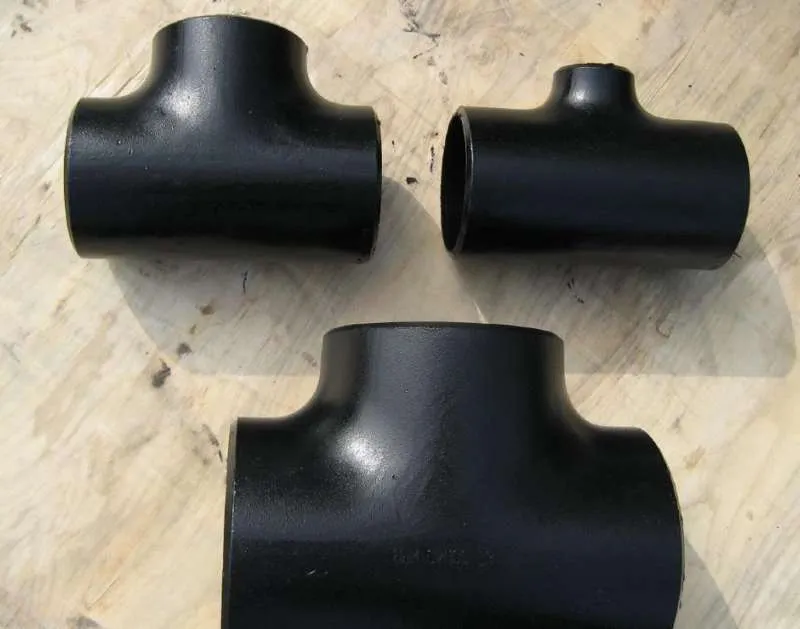-
Cangzhou Yulong Steel Co., Ltd.
-
Phone:
+86 13303177267 -
Email:
admin@ylsteelfittings.com
- English
- Arabic
- Italian
- Spanish
- Portuguese
- German
- kazakh
- Persian
- Greek
- French
- Russian
- Polish
- Thai
- Indonesian
- Vietnamese
- Zulu
- Korean
- Uzbek
- Hindi
- Serbian
- Malay
- Ukrainian
- Gujarati
- Haitian Creole
- hausa
- hawaiian
- Hebrew
- Miao
- Hungarian
- Icelandic
- igbo
- irish
- Japanese
- Javanese
- Kannada
- Khmer
- Rwandese
- Afrikaans
- Albanian
- Amharic
- Armenian
- Azerbaijani
- Basque
- Belarusian
- Bengali
- Bosnian
- Bulgarian
- Catalan
- Cebuano
- China
- China (Taiwan)
- Corsican
- Croatian
- Czech
- Danish
- Esperanto
- Estonian
- Finnish
- Frisian
- Galician
- Georgian
- Kurdish
- Kyrgyz
- Lao
- Latin
- Latvian
- Lithuanian
- Luxembourgish
- Macedonian
- Malgashi
- Malayalam
- Maltese
- Maori
- Marathi
- Mongolian
- Myanmar
- Nepali
- Norwegian
- Norwegian
- Occitan
- Pashto
- Dutch
- Punjabi
- Romanian
- Samoan
- Scottish Gaelic
- Sesotho
- Shona
- Sindhi
- Sinhala
- Slovak
- Slovenian
- Somali
- Sundanese
- Swahili
- Swedish
- Tagalog
- Tajik
- Tamil
- Tatar
- Telugu
- Turkish
- Turkmen
- Urdu
- Uighur
- Welsh
- Bantu
- Yiddish
- Yoruba

Nov . 08, 2024 13:47 Back to list
Innovative Flange Roller Design for Efficient Metal Forming Processes
Understanding Flange Rollers Key Components in Metalworking
Flange rollers play an essential role in various industrial applications, particularly in the metalworking and manufacturing sectors. These specialized tools are designed to facilitate the shaping, bending, and forming of metal components, particularly those with flanged edges or profiles. In this article, we will explore the design, functionality, and significance of flange rollers in modern manufacturing processes.
What are Flange Rollers?
Flange rollers are mechanical devices used primarily to create and manipulate tubular or flat metal workpieces that require flanging. They consist of multiple rollers, often arranged in a way that allows for precise adjustments and configurations. Typically, flange rollers include a support frame, adjustable rollers, and a hydraulic or mechanical component that applies the necessary force to shape the metal.
These rollers can handle various materials, including stainless steel, aluminum, and carbon steel, making them versatile tools in industries such as construction, automotive, and aerospace.
Design and Functionality
The design of a flange roller is crucial for its performance. Most flange rollers feature a set of three or more rollers, each of which can be adjusted to achieve the desired curve or angle. The primary function of flange rollers is to apply a bending force to the metal workpiece, allowing it to be formed into the desired shape.
When a metal sheet is fed between the rollers, they rotate and guide the material through the bending process. The angle and type of flange can be customized based on the requirements of the project. Operators can adjust the distance between the rollers, the pressure applied, and the speed of operation to suit the specific material and design specifications.
Applications in Industries
flange roller

Flange rollers are utilized in various industries, each with specific applications
. In the construction sector, these tools are essential for creating supporting structures, such as beams and columns, that require flanged edges for added strength. In the automotive industry, flange rollers assist in forming components like chassis parts, fenders, and brackets, all of which often have flanged designs to enhance structural integrity.In the aerospace field, precision and accuracy are vital, and flange rollers contribute significantly to the production of aircraft components. They are used to create parts that must endure high stress and extreme environments, making quality and precision paramount.
Additionally, flange rollers are used in the fabrication of pipelines, ducts, and housings that require flanged connections. The ability to produce consistent flanged edges ensures that components can be easily assembled and securely fastened, essential for maintaining the integrity of systems during operation.
Benefits of Using Flange Rollers
The use of flange rollers brings numerous advantages to manufacturing processes. One significant benefit is the efficiency they offer; flange rollers can produce large quantities of flanged components quickly and with consistent quality, reducing production time and labor costs.
Moreover, flange rollers enhance the strength of the final product. The flanged design often provides a better connection and a more robust structure, which is vital for the durability of metal components exposed to stress.
Another advantage is the versatility of flange rollers. They can accommodate various metal types, thicknesses, and shapes, making them suitable for a wide range of projects. This flexibility allows manufacturers to respond quickly to different demands without needing specialized equipment for every task.
Conclusion
In summary, flange rollers are invaluable tools in the metalworking industry, aiding in the production of flanged components with precision and efficiency. Their robust design and versatility make them a staple in various applications, from construction to aerospace. As industries continue to evolve, the role of flange rollers is likely to expand, incorporating advanced technologies and designs to meet the increasing demands of modern manufacturing. Understanding their functionality and applications is crucial for anyone involved in metalwork and production, ensuring that high-quality results are achieved consistently.
Latest news
-
ANSI 150P SS304 SO FLANGE
NewsFeb.14,2025
-
ASTM A333GR6 STEEL PIPE
NewsJan.20,2025
-
ANSI B16.5 WELDING NECK FLANGE
NewsJan.15,2026
-
ANSI B16.5 SLIP-ON FLANGE
NewsApr.19,2024
-
SABS 1123 FLANGE
NewsJan.15,2025
-
DIN86044 PLATE FLANGE
NewsApr.19,2024
-
DIN2527 BLIND FLANGE
NewsApr.12,2024
-
JIS B2311 Butt-Welding Fittings LR/SR 45°/90° /180°Seamless/Weld
NewsApr.23,2024











